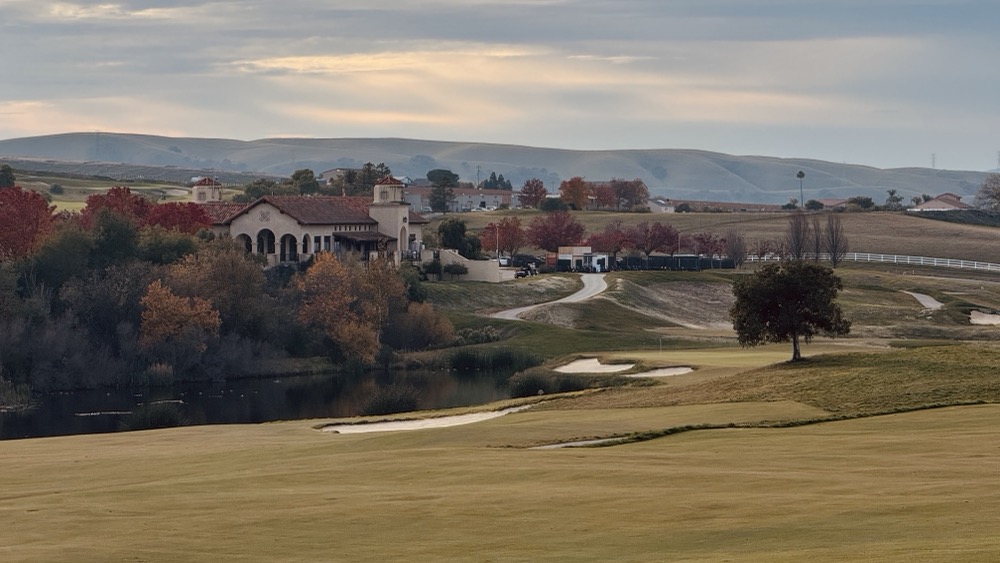Review: Battlecards - World Conflict
Overview
Battlecards is an expandable (not collectable) card game of World War II. DGA Games released their Western European Campaign (Great Britain vs. Germany) in 2002 and will be releasing a Pacific Theater Campaign (United States vs. Japan) shortly, with sets for the Russian Front and African Campaign to follow. When you purchase the basic set you get three decks: a Great Britain Arsenal deck, a Germany Arsenal deck, and a set of “Conflict” cards. The Arsenal cards come in three flavors: ground, air, and sea. The Conflict cards control the events of the game. There are 5 expansion sets available for the Western European Campaign that add new Arsenal and Conflict cards. As it stands now (without additional campaigns), this is essentially a two player game (though DGA has published some variant rules to play multiplayer in a single campaign, I haven’t yet tried them).
How the Game is Played
The allied and axis players start with their Arsenal decks, which can be customized with the expansion sets or even additional starter sets. The game plays just fine with the basic set, and I’ll limit my discussion to that starting configuration. The deck of Conflict cards is shared by each player. Each player starts by drawing 6 cards from their Arsenal and deploying three of them to the front. The deployed Arsenal cards will be used for battles, and battles may use any combination of the ground, air, and sea forces. The German player begins the game by drawing a Conflict card and performing the action specified. Conflict cards loosely fall into the following categories:
- Military Buildup - allows the player to draw cards from the Arsenal deck into his hand, deploy some of them, and discard the rest
- Retained Action - allows the player to hold onto a card for later use. These cards can be used to disrupt the enemy’s actions or give bonuses in future battles.
- Immediate Action - allows the player to immediately take an action to help their own forces or disrupt the enemy. Examples include capturing an enemy unit or reorganizing a deployed stack of cards into two stacks (Divide & Conquer)
- Battle - allows the player to enter into battle with the enemy if the pre-requisites are met and if the aggressor chooses to fight.
The combat system is fairly straightforward but does present some twists that caused confusion initially. Each Arsenal card has 6 numbered attributes: attack values for ground, air, and sea, and defense values for ground, air, and sea. In addition, each arsenal card has a firing phase from 1 to 4. Combat occurs in phases: all phase 1 units get to fire first (aggressor then defender), then phase 2, etc. This allows, for example, anti-aircraft guns to shoot down enemy planes before they get a chance to attack. Combat is resolved by using the Conflict deck as a random number generator. Let’s say a bomber is attempting to attack an enemy ship. The bomber has a sea attack value of 15, while the ship has an air defense value of 5. The attacker draws a card from the Conflict deck, and if it is greater than the defense value but less than or equal to the attack value (in this case, from 6 to 15), then the enemy ship is destroyed. At the end of the 4 phases if either player has lost all of the Arsenal, then combat is over and the winner gets to keep the Battlecard. If forces still remain, either player can choose to withdraw and concede victory to the other player but still retain some of their forces.
Some Arsenal cards are weak in and of themselves in combat, but provide valuable bonuses to other units. Fighter, for example, are usually most valuable either shooting down other planes or providing support to bombers through combat bonuses (sounds like real life, yes?). It is these capabilities that create for interesting tactical and strategic decisions in the game - there are a limited number of powerful cards, so a balance of forces is critical. In our games we’ve found the battleships to be the most powerful units - they fire early in the round (phase 2) and several of them can fire up to 4 times.
Play continues until one player wins a key final battle or achieves a certain number of victory points. This game is quite long - I play with my two sons (ages 6 and 8) and we find ourselves often stopping after 90 minutes with only half of the victory points achieved. A full game will last from 2 to 3 hours.
The Arsenal and Conflict decks get cycled several times during the course of a game, and it is rare for card to be eliminated from the game completely (leader assassinations are one example).
Quality of Components
The card quality is outstanding - better than any collectable card game I’ve played and with outstanding photography for artwork. I wish more card game manufacturers would go with The rules could use some work - I would prefer a small booklet version of the rules and it needs more explanation of certain characteristics of the game, particularly the special combat effects of certain cards. The online FAQ makes up for this, but the rules should be more self-contained. Hopefully they’ll fix this with some of the upcoming expansions. Future expansions will also come with a placemat with areas for deck and deployed forces placement as well as a rules summary.
Quality of Game Play
I love playing this game, and look forward to exploring the subtleties of force deployment and deck construction in future games. There is tension created when Battlecards are drawn - should I go into combat yet? Should I wait until I deploy more forces, potentially allowing your opponent to do the same? There are also difficult choices in Arsenal card deployment - should I focus on balancing forces or should I beef up just my air and sea forces initially? I played most of the Avalon Hill hex-based wargames back in the day, and I love games with WWII themes. This is clearly a simpler game than any of those, but with the shorter playing time combined with the quality artwork and depiction of forces, I’ll be playing this one for a while. For now I’ll be rating this game an 8 - it might get an even higher score with the upcoming release of the expansions and potential for strong multiplayer campaigns.








